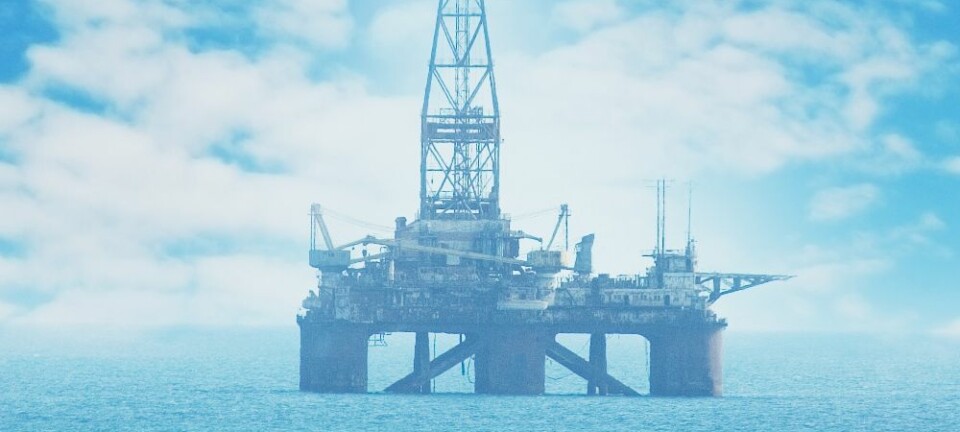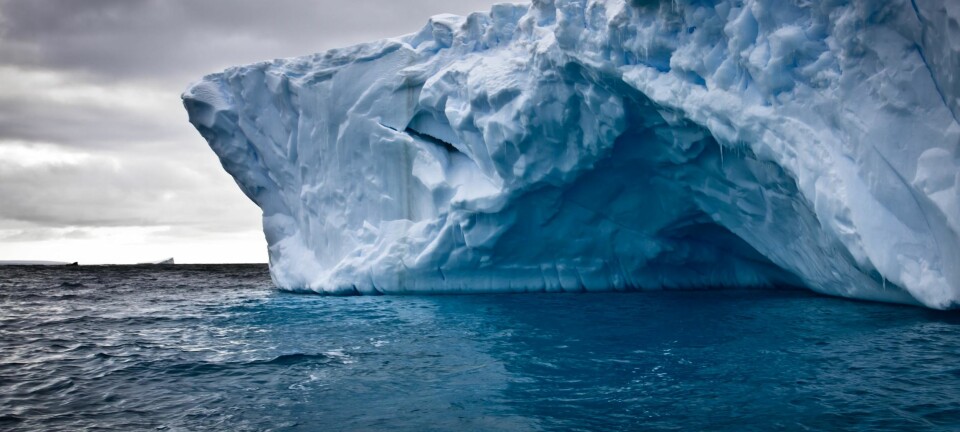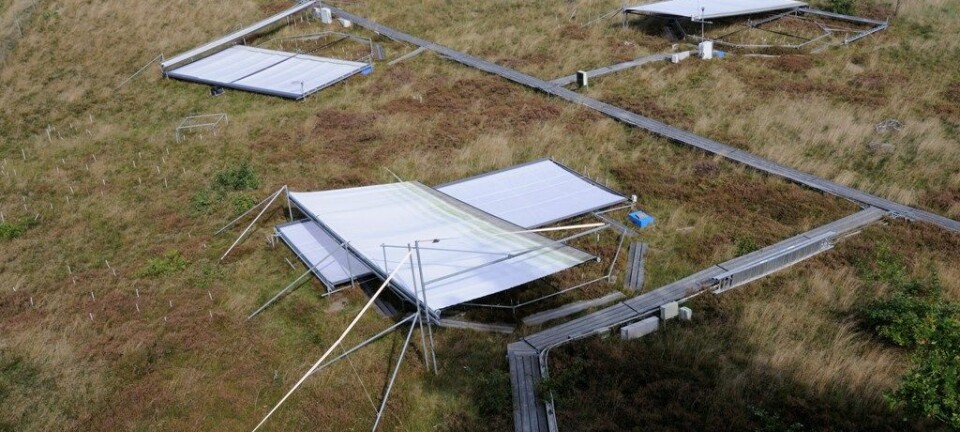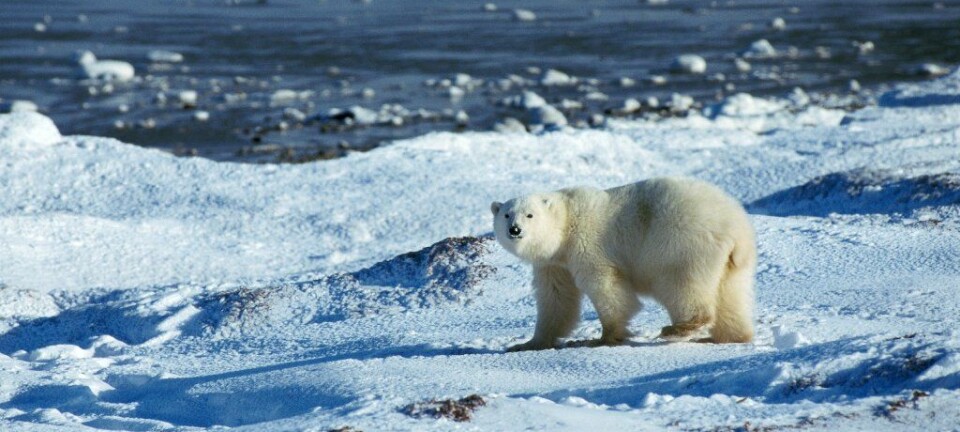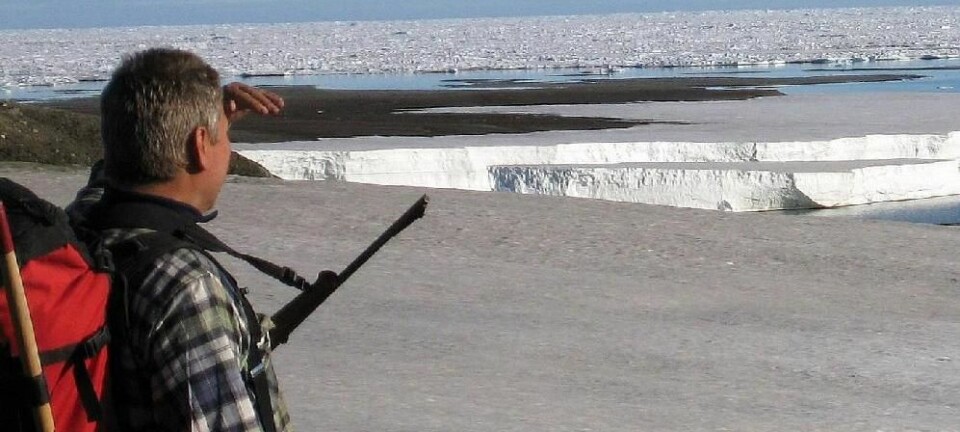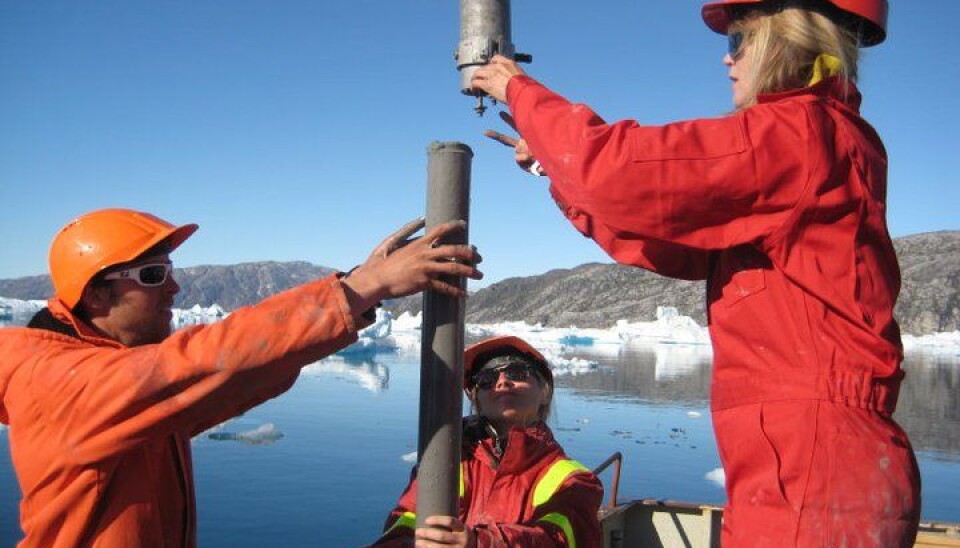
Historically large glacier losses in 2000s
The sharp reduction of a Greenlandic glacier in the 2000s was historically large and was caused by short-term climate changes, new research reveals. It also shows the first definite link between climate change and glacial melting.
At the start of the 2000s, Greenland’s glaciers suddenly started to calve (when icebergs break off from the glacier into the sea), melt and shrink far faster than normal. Greenland lost a considerable amount of its inland ice sheet between 2000 and 2005.
Glaciologists and climate researchers have since debated whether what happened was a normal fluctuation in the natural rhythm of the Greenland Ice Sheet or a more unusual event that we should be concerned about.
To gain more insight, geologist Camilla Andresen studied Greenland’s third-largest glacier, Helheim Glacier, in 2009.
“We hoped to find out whether this was part of a repeating pattern or a totally new and different event,” says the researcher.

A postdoc and a member of the Environmental and Climate History research group at the Geological Survey of Denmark and Greenland (GEUS), Andresen was accompanied by other GEUS researchers.
Sand grains reveal glacier’s history
To put the glacial changes in the 2000s into perspective, the geologists studied the Helheim Glacier’s calving activity over the past 120 years by taking sediment samples from the bottom of the Sermilik Fjord, where the glacier terminates.
In these samples the researchers could identify layers from different periods going back to the 1890s. They measured the quantity of sand grains in each layer to discover how many icebergs were calved each year. Sand grains are so heavy that the sea current cannot carry them, so sand grains found in the fjord were carried there by icebergs calving from the glacier.
“More icebergs means more sand grains in the sediment,” says Andresen. “It’s as simple as that.”
Largest glacial loss in 70 years
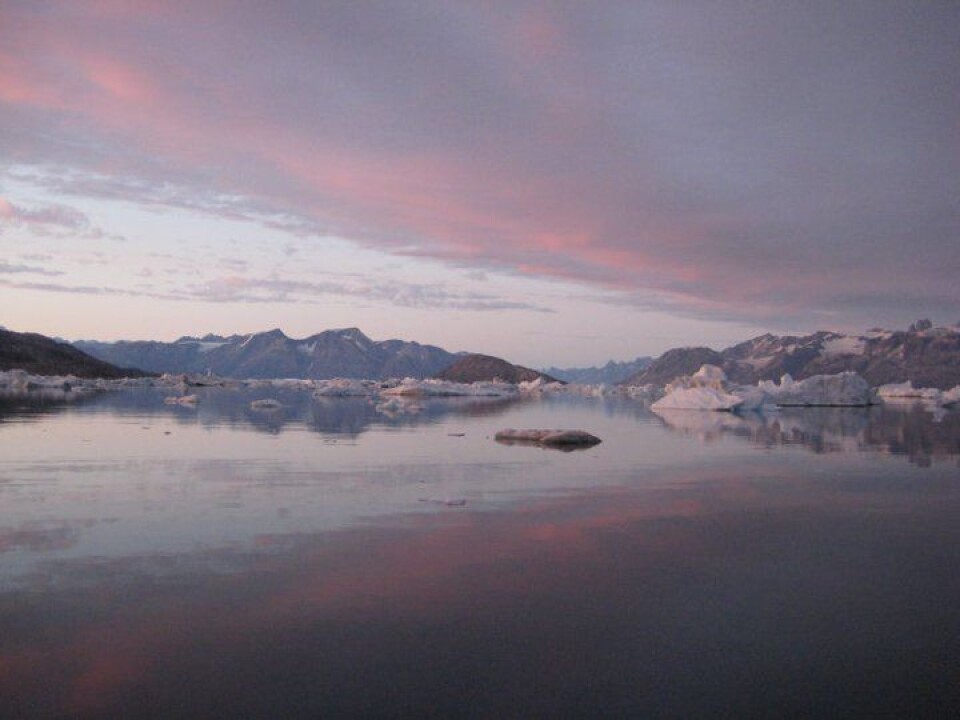
The results – just published in the journal Nature Geoscience – show that the glacial loss and calving activity between 2000 and 2005 was pronounced. Only once in the 120 years – in the 1930s – was the glacial loss as large.
In both cases, this glacial loss occurred at a time of high temperatures in the Gulf Stream, with very little sea ice in the East Greenland Current and record-high summer temperatures.
“Our study covers a longer period than previous studies and that means we can look at the ice losses of the 2000s in a longer, more coherent time perspective,” she says. “This makes it possible to show links with the climate.”
Climate and calving closely linked
The researchers correlated the sand grain data with air temperature measurements and temperature changes in the fjord – in both the cold surface water and the lower warm water from the Gulf Stream.
The results revealed a close link between the glacier’s calving activity and climate change. There were ten short periods over the 120 years when calving activity was higher than normal – and these periods coincided with warm sea and air temperatures.
“The glacier reacted quickly and sharply to changes in the climate,” says Andresen. “I was rather surprised by the close link to the climate.”
Findings can give better climate models
Many people have speculated over a possible link between calving glaciers and climate change, but previous studies have covered too short a time frame to be reliable, she says.
It is difficult to say how much of the glacial loss in the 2000s is due to nature – as in the 1930s – and how much results from climate change generated by mankind. Nonetheless, the study shows that climate change will affect glaciers quickly and sharply.
Previously, warm water from the Gulf Stream was blamed for melting the glaciers, but new studies show that the current from the Atlantic Ocean is not enough in itself to explain the events of 2000 to 2005, nor the warm period in the 1930s.
Future climate models must not only include the warm sea currents from the south, but also the amount of sea ice and the strength of the cold sea current down the east Greenland coast.
“Calving accounts for about half of the ice loss,” says the researcher. “Therefore it is vital that all these factors are included when you are predicting the future of the Ice Sheet.”
Andresen hopes the new knowledge can be used to predict how sharply and how quickly glaciers will react to climate change – and thus how they will impact on sea levels.
Translated by: Michael de Laine

